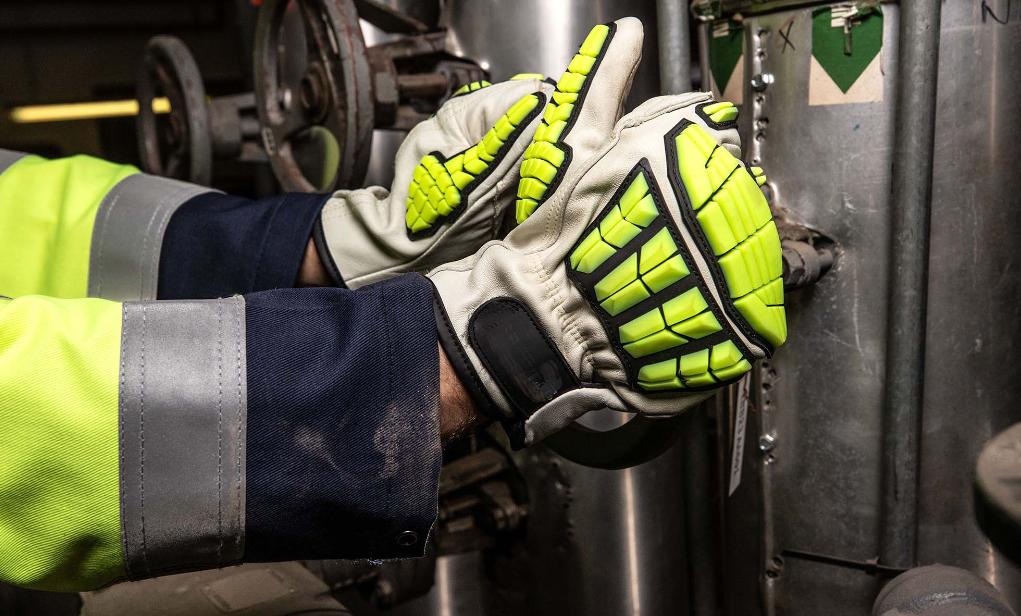When we think about workplace safety, one of the first things that should come to mind is hand protection equipment. Whether you’re working in construction, in a laboratory, or in a kitchen, your hands are your most valuable tools.
But beyond just keeping our hands safe because we need them, there are legal requirements that employers must follow to ensure their workers are provided with the appropriate hand safety equipment.
So, what exactly are these legal requirements, and why are they so important? Let’s dive in and find out:
Understanding the Basics
First thing’s first, hand protection equipment is critical in many work environments to prevent injuries such as cuts, burns, chemical exposure, and even infections.
The type of hand safety equipment required can vary significantly depending on the job. From rubber gloves in a chemical plant to heat-resistant gloves in a foundry, having the right kind of gloves for the job is important.
Legal Framework
At the heart of workplace safety regulations in many countries is the idea that it’s the employer’s responsibility to provide a safe working environment. This includes identifying hazards and providing appropriate hand safety equipment when necessary.
Let’s break down what this generally means in legal terms.
-
Risk Assessment
Employers are required to conduct a thorough risk assessment of the workplace. This helps in identifying potential hazards that could harm workers’ hands. It’s the critical first step in understanding what kind of hand equipment is needed.
-
Providing Suitable Hand Protection
Once risks have been identified, the next legal requirement is to provide suitable equipment. “Suitable” means that the equipment must be appropriate for the specific hazards identified and must fit the employee correctly.
-
Training and Information
Merely providing the equipment isn’t enough. Legally, employers are also obligated to train their employees on the correct use of the equipment. This includes when and how to wear them, how to maintain them, and, importantly, the limitations of the equipment.
Why It Matters
Apart from the obvious legal consequences of failing to comply with these requirements, there’s a bigger picture here. Providing the right hand equipment can significantly reduce the number of workplace injuries.
This means fewer days off work for employees and, in the long run, higher productivity and morale. It’s a win-win.
Moreover, by adhering to legal requirements, businesses build a culture of safety. This not only protects the company’s most valuable asset – its workforce – but also its reputation.
Final Thoughts
So, there you have it. Providing hand protection equipment in the workplace is not just about ticking a box to comply with legal requirements. It’s about genuinely caring for the well-being of employees, which in turn creates a safer, more productive work environment.
Remember, when it comes to workplace safety, cutting corners cuts lives short. And that’s something no employer should be willing to risk.
I hope this gives you a clearer picture of not just the “what” but the “why” behind the legal requirements for hand safety equipment in the workplace. Stay safe and well-protected out there!

